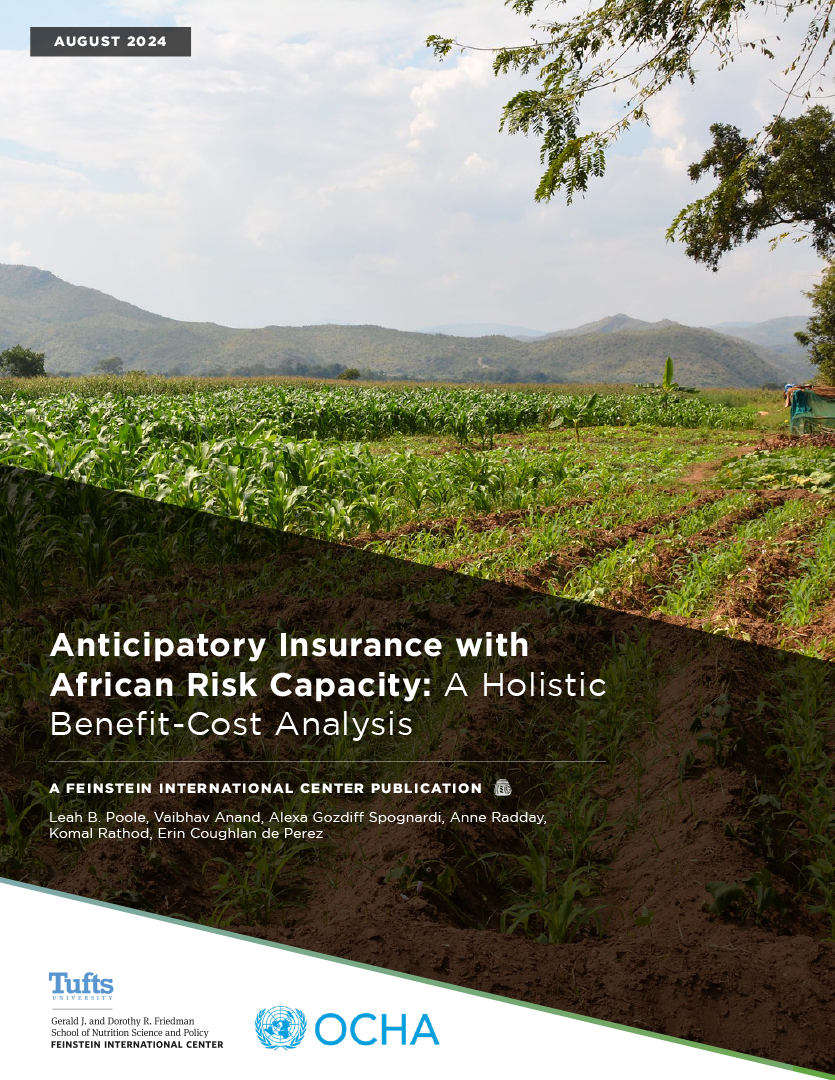Despite the uncertainties about the future of the Darfur Peace Accord, this paper was developed to inform and strengthen the Darfur Joint Assessment Mission (DJAM) and Early Recovery Plan which started its work in June 2006. The aim was to promote greater coherence and shared understanding of the constraints and challenges to peace and recovery of livelihoods among the 40 or so technical representatives of the government of Sudan, SLM/MM and UN agencies on the DJAM team. The authors considered the DJAM as an opportunity to promote a meaningful dialogue between the major stakeholders around technical issues, despite the ongoing conflict, related international debates (e.g., AU versus UN forces) and apparent stalemate in political processes. This is in part because most of the core principles of wealth sharing as outlined in the Darfur Peace Accord were worked out and agreed upon long before the final signing process in May 2006 and therefore have relevance to a much wider group of stakeholders than those who eventually signed the agreement in Abuja.
The paper presents a livelihoods conceptual framework that allows an integrated and coherent analysis of livelihoods in Darfur. The Darfur Peace Accord is full of references to livelihoods and the importance of addressing those conditions that hamper sustainable livelihoods for different groups in order to achieve peace and recovery. The paper explains the advantages of a livelihoods analysis in this context, including its capacity to bring together and make manageable complex yet related strands relating to the wider political economy of conflict, its regional dimensions, relevant customary law and institutions, markets and trade etc.
The paper recognizes that the Darfur Peace Accord itself is one of the major ongoing processes that impacts on livelihoods in Darfur, and that its successful implementation depends on a wider set of factors driven by political rather than technical considerations. In practice, the DPA has not been politically inclusive as demonstrated by the mistrust of the agreement by many stakeholders in Darfur and internationally. In this context, it is vital that the DJAM/ERP is used as an opportunity and a basis upon which to promote greater inclusiveness by bringing on board representatives from all stakeholder groups to discuss and address the long-term recovery plans and development challenges.







